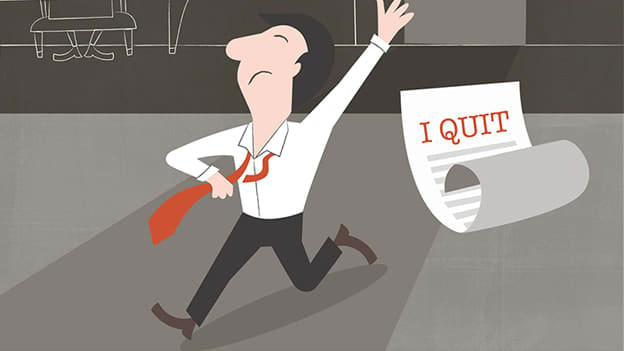
Furloughed in mid-March, three days after starting her new job, Angela got the decision to return back to figure earlier this month. But the Pittsburgh mother of two agonized about whether she should return.
“I’ve never had to settle on between employment and life,’’ says Angela, who suffers from asthma and feared her job visiting the homes of families on the brink of homelessness could expose her to the coronavirus and jeopardize her health.
So she decided to quit. “You leave and expose yourself … and you get sick, what happens to my kids?” says Angela, who didn’t want to use her surname and risk difficulties with prospective employers who afflict her decision. “I’m actively looking online for … remote work from home.”
Her fears aren’t unique.
After grinding to a near halt to slow the spread of the coronavirus, the nation’s economy is sputtering back to life as stay-at-home orders lift, and businesses reopen their doors. But some employees are wary of returning to figure because the COVID-19 pandemic lingers.
Can they refuse to travel back? If they quit, are they eligible to receive unemployment benefits?
The short answer is not any –you can’t collect jobless benefits if you quit employment due to a general fear of the virus, experts say. But if your job site is actually unsafe, you would possibly have grounds to refuse to return and to urge financial assistance while you’re out of labor .
It will be up to workers to form their case.
“We’ve never had an epidemic since unemployment insurance has been live , so we’ve to actually be brooding about what the new rules for an epidemic are,” says Michele Evermore, senior researcher and policy analyst with the National Employment Law Project (NELP). “So much of this is often on the rear of the claimant instead of the employer… we actually got to believe how can we get information to workers about the way to stay safe.’’
Fear of COVID-19 not necessarily grounds for quitting
COVID-19 cases still rise, with deaths passing 101,000 as of Thursday , whilst barbershops, restaurants and other businesses start to welcome back customers across the U.S.
Yet protections for workers remain uneven. Some states are requiring that employers provide safeguards, but the federal hasn’t issued an identical mandate, says Debbie Berkowitz, worker health and safety program director for NELP.
“There’s nothing that says everybody has got to be six feet apart and you’ve got to wear a mask, unless you’re in certain states where the governor has put out executive orders,” Berkowitz says. “That’s the universe that workers are going back to figure in, which is incredibly scary.’’
If you quit your job due to a general worry about the virus, you will not be ready to access unemployment benefits.
“Fear isn’t a legitimate reason to refuse to return,’’ says Justine Phillips, an employment attorney with the firm , Sheppard Mullin, “and state unemployment agencies can disqualify the individual for benefits if they refuse to simply accept suitable employment when offered.’’
But a worker who’s been collecting unemployment insurance and is especially vulnerable due to underlying health conditions or a compromised system could apply for pandemic-related aid, says Evermore.
Those who leave work because they’re taking care of a relative who has contracted COVID-19, or taking care of a toddler whose school or day care center closed due to the virus also are eligible for financial help.
“A lot of these people can give way to pandemic assistance and still get benefits,” says Evermore.
Suitable work can’t put employee’s health at unusual risk
An employee may additionally be ready to refuse to return to figure and receive benefits if the work site is unsafe.
“Workers can’t refuse suitable work and still collect,” Evermore says, “but if the work is actually unsafe, they’ll have grounds to refuse the reassignment … If you’re going back to figure at a nail salon and each other salon in town is providing masks and protective gear, you’ve got good cause to mention ‘I can’t return to figure here. They’re not as safe as all the opposite similar jobs in town.’ ”
Unemployment assistance specifically pegged to the pandemic is modeled on disaster-related aid. Under those standards, suitable work cannot be unusually risky to a worker’s health or safety, Evermore says.
But unusual risk could also be defined differently counting on the state.
“I encourage people to see with the state agency before making a choice , because if they refuse work and their boss reports they refused, they will lose their unemployment check,” Evermore says. “It has got to be clear … what suitable work is.’’
What if you return and colleagues are becoming sick?
If an employee does return to their job and discovers their workplace isn’t following protective guidelines, or colleagues are contracting the virus, they’ll have what’s considered “good cause” to quit.
But good causes also can differ from state to state. “Again, the burden of proof … is on the worker,” Evermore says, “and some state agencies are getting to take a harder line on this than others.’’











